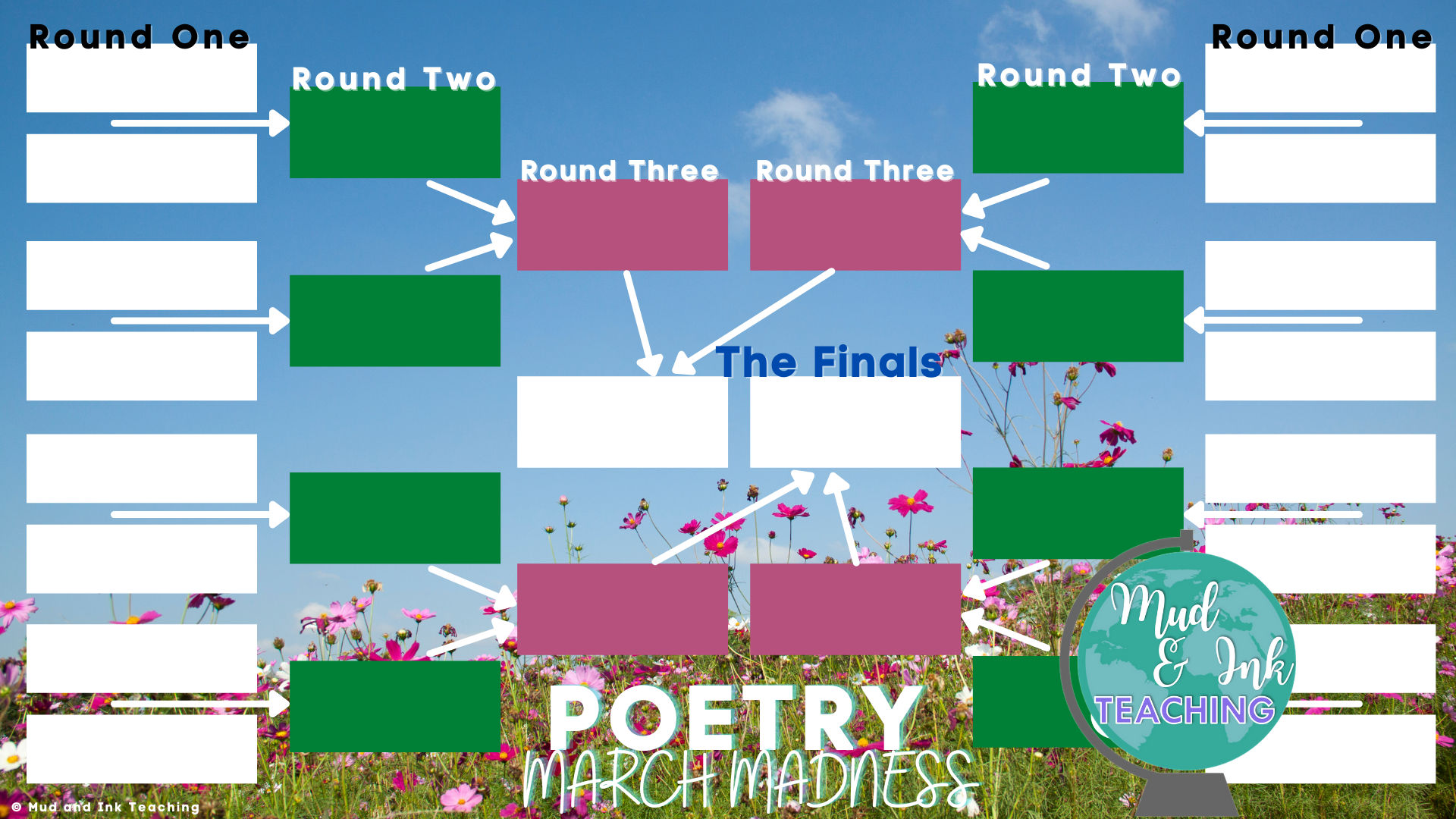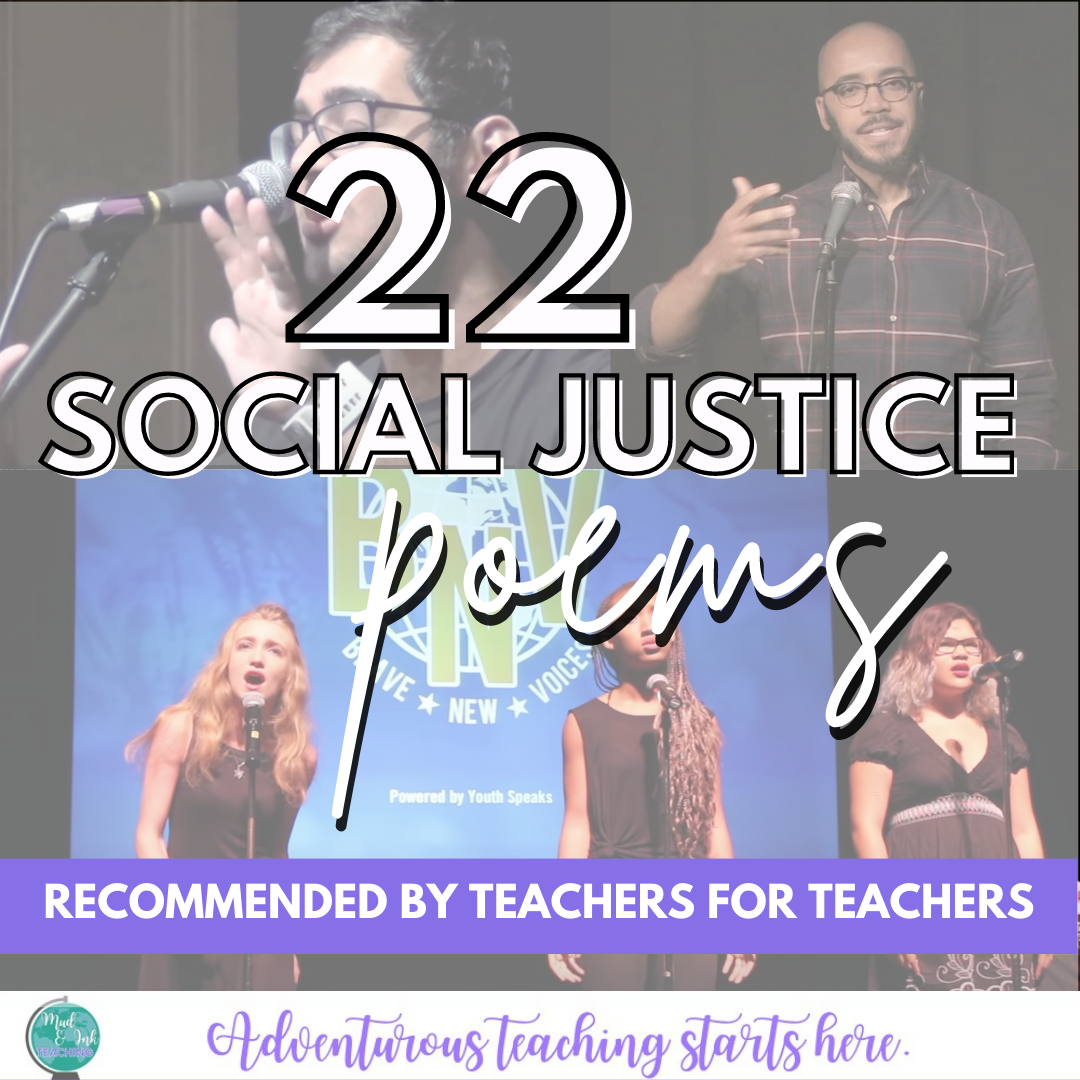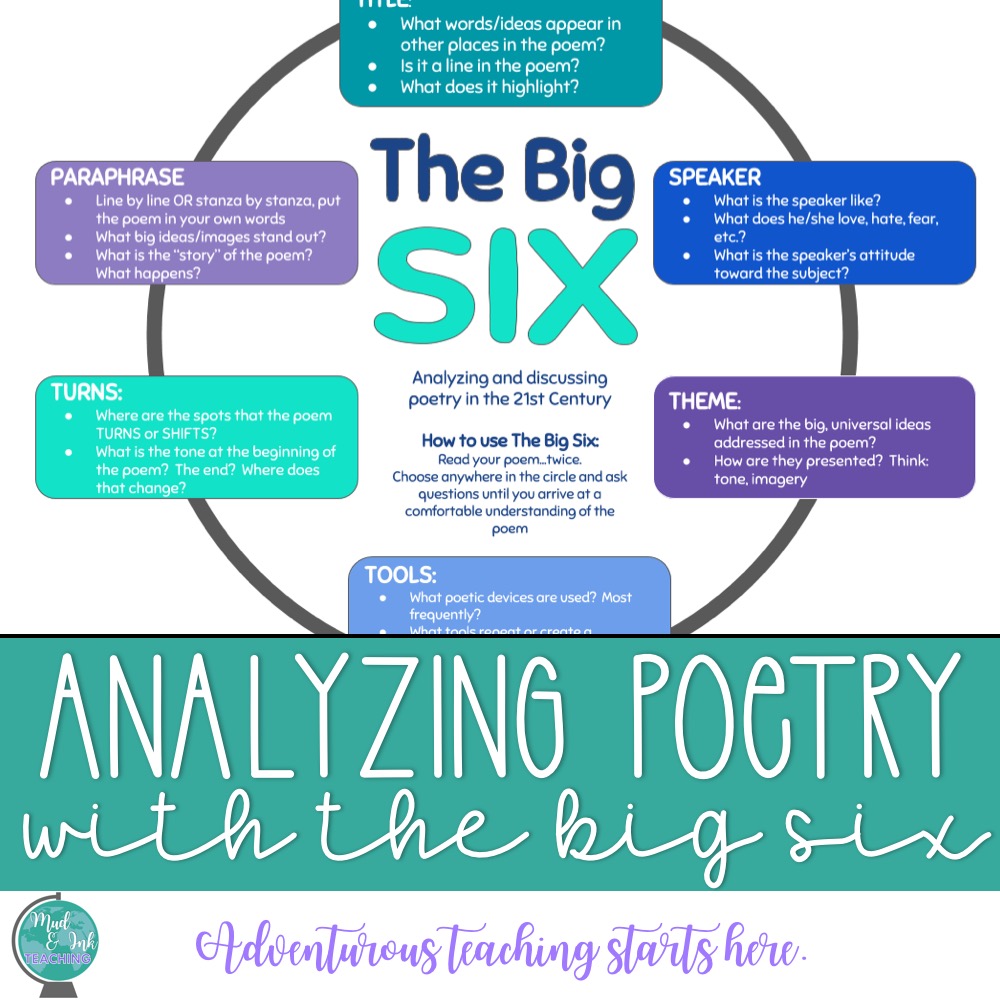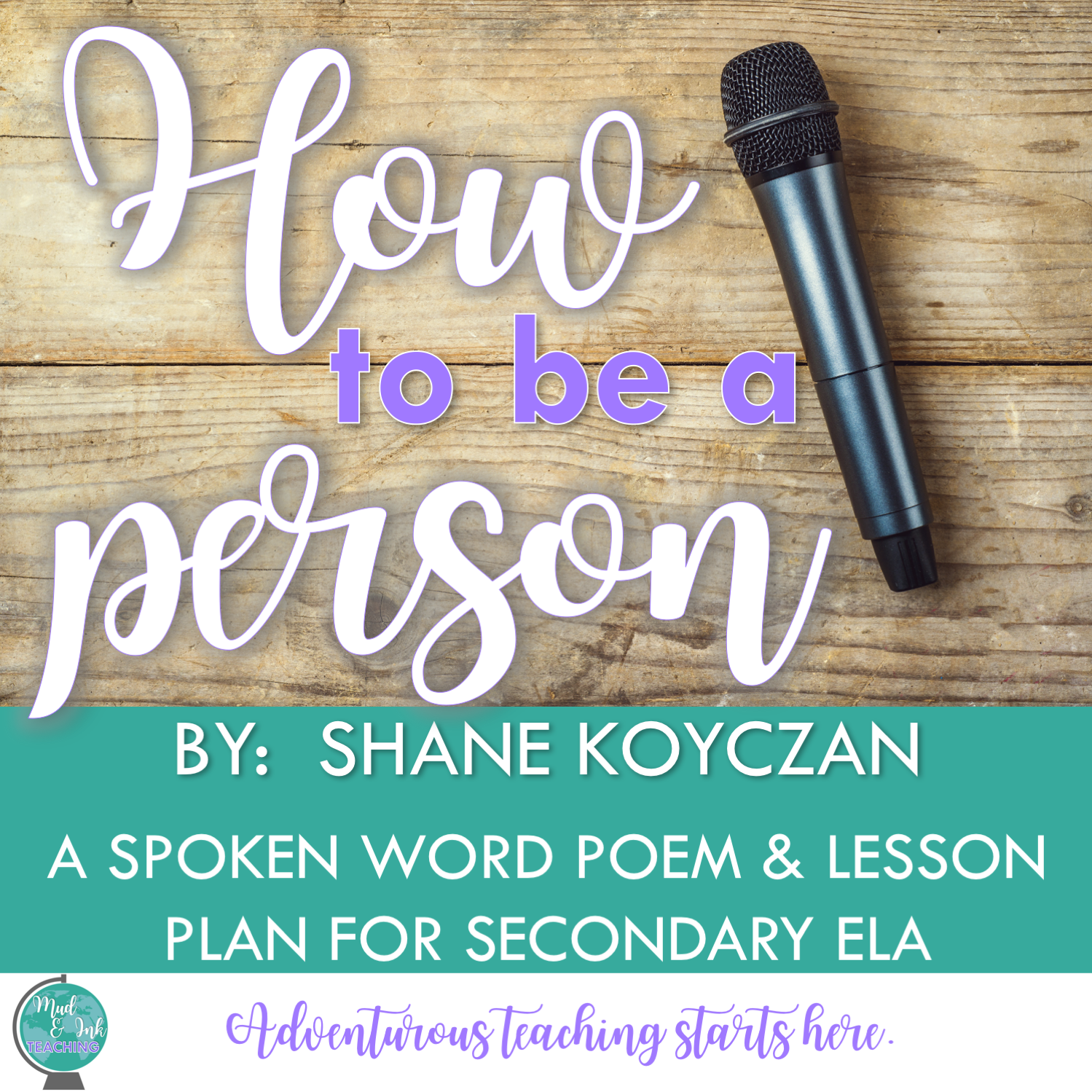Gamifying Poetry: Playing March Madness with Poems
When I hear the word GAMIFY I immediately shy away thinking I don’t know nearly enough to make something gamelike. But once I started to see others do it and understand that “gamify” simply can mean adding a layer to something that is already awesome, I got it! THIS ONE is totally worth it!
The opportunity for gamification is not the only benefit of trying Poetry March Madness this year: this activity is one more step in the direction of decolonizing our curriculums.
I hear over and over again (and have experienced it first hand!) that changing out entire novels in an English curriculum has to go through and exhaustive process of selection, adaption by a team, adoption by a board, etc. If your department is not in a position to start the full class novel revision process, poetry is a great way to expose students to a huge variety of voices from across the BIPOC spectrum without having to wait for someone else’s approval. Of course, if you’re looking for a way to slow down and integrate more analysis into your poetry study, I’ve got you covered there, too.
SETTING YOUR MARCH MADNESS GOALS:
For me, I hope to accomplish a few things with Poetry March Madness:
Creating another opportunity to build community and camaraderie through the voting and competitive aspect of the game
Expose students to a wide variety of poet’s voices
Expose students to a wide range of poetry styles, schools, and time periods
Eliminate the stigma of poetry being unreachable, difficult, or inaccessible for teenagers
Once you know the goals of your own setup, it will be easy to fall into the routine of listening, voting, and enjoying poetry together as a class.
DIFFERENT APPROACHES FOR IMPLEMENTATION
You’ll want to start by gathering a list of poems that you’ve vetted and feel good about sharing with your students. I have a free download packed with 38 different poems that I mostly stick to every year, but I made it editable so we can always switch poems out.
Then, decide how BIG you want your bracket to be. I typically do just a Sweet 16, but you can start bigger than that if you have the time, space, and desire! You can set up brackets virtually (pictured above) or on a bulletin board to imitate the bracket formation that you’ve chosen.
LESSON IDEA ONE:
Make this bell work. Every day when class is getting started, play or present each poem to students. Allow for a brief discussion of each, maybe even debate on the favorite, and then put the poems to a vote! In my free download I include the Google Form that we use to make voting super simple and kids know the winner right there on the spot! Move the winning poem to Round Two and eliminate the loser. Repeat this for every pairing you have in Round One. When you’ve finished the round, move to Round Two, then Round Three, until you eventually end up with a winner!
LESSON IDEA TWO:
Use this as independent work over a long stretch of time. Create a handout that has all of the matchups and tell students that they have one week to listen to and/or read all of the poems in Round One. Then, the following week, come back together for a holistic discussion over all sixteen of the poems. Put each to their vote right there on the spot. Then, assign Round Two for the next week (so on and so forth).
LESSON IDEA THREE:
Invite the WHOLE SCHOOL to participate by creating a bulletin board that’s in a common area. Put all of the poems out on the board using QR codes so that students can scan them as they walk by, listen, and then vote. I put links in the daily announcements and make sure that everyone has the opportunity to participate and it’s so fun to see a whole school vote on poetry every day (or every week!).
I hope you’ll be up for some Adventurous Teaching this spring and give Poetry March Madness a shot! Be sure to tag me on Instagram and share how it goes in your classroom — what an incredible bonding experience we have in front of us with our students over POETRY!





















